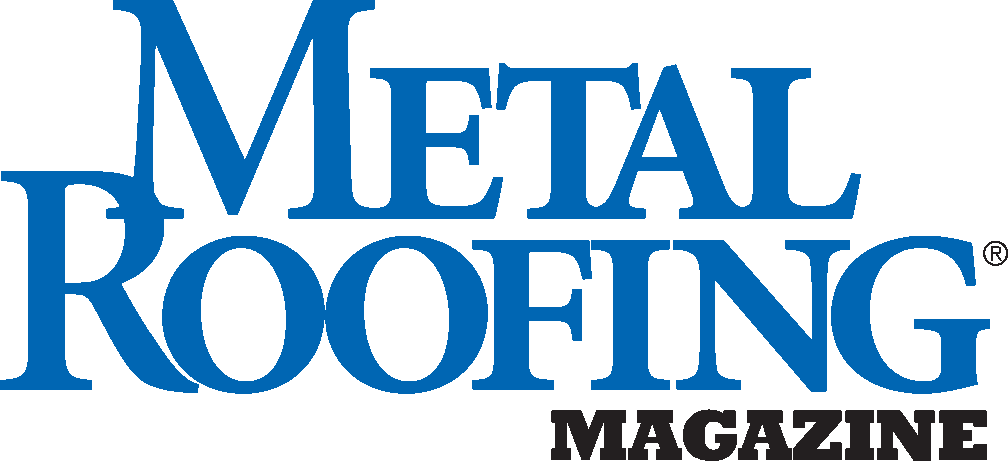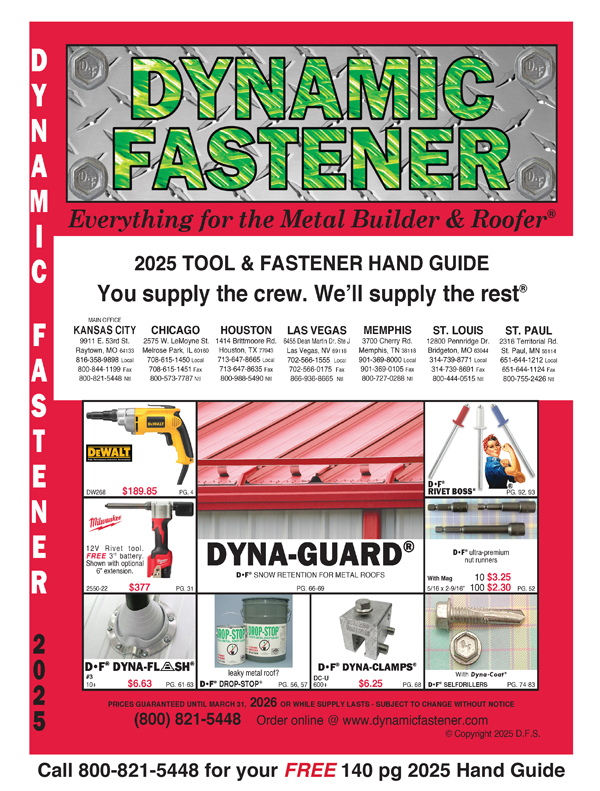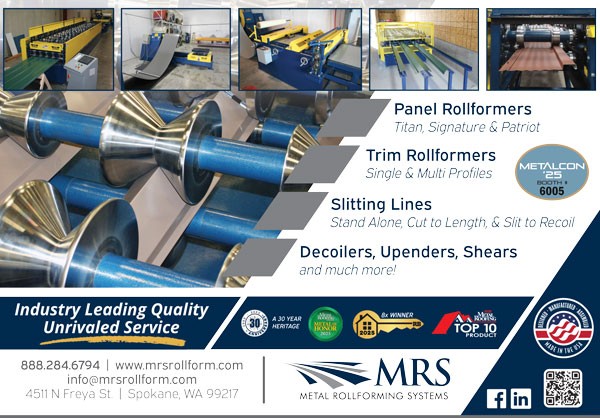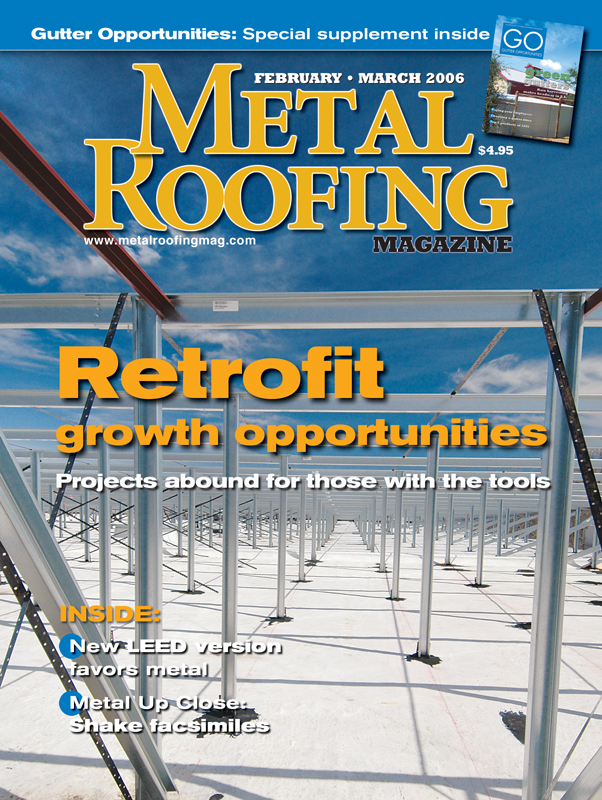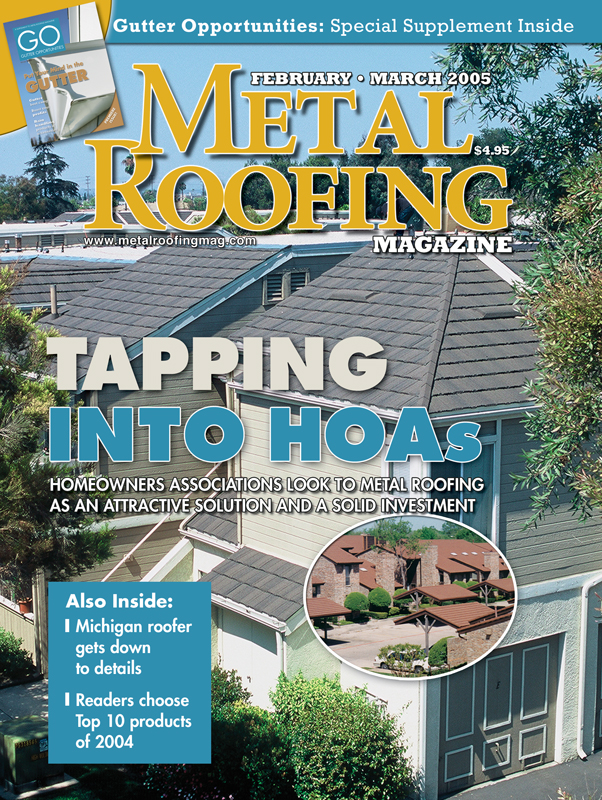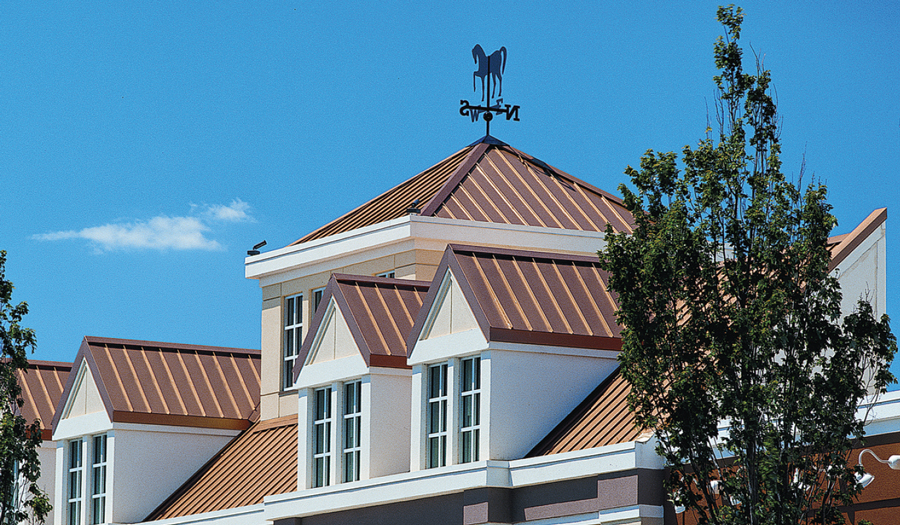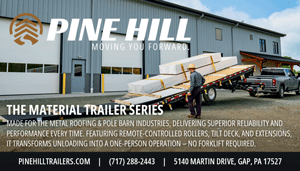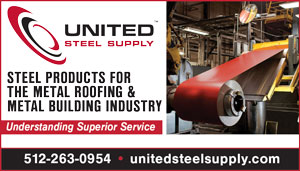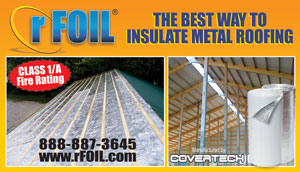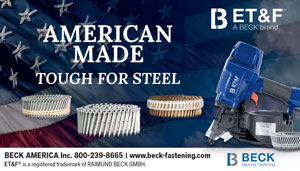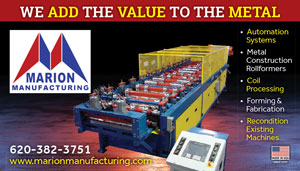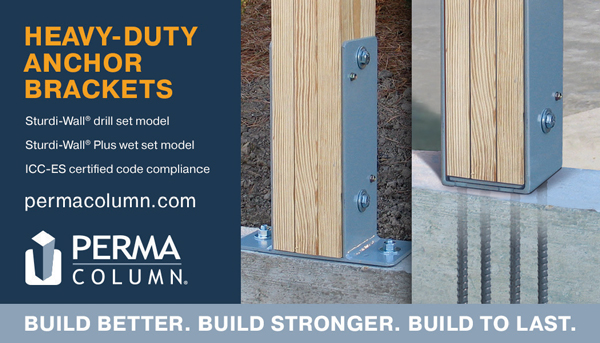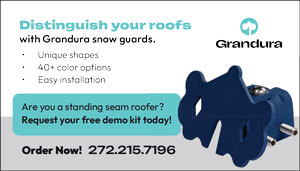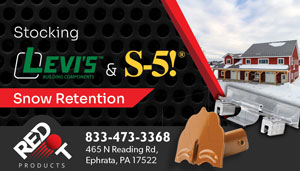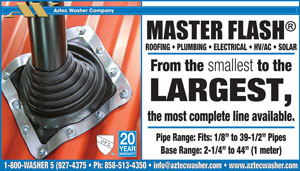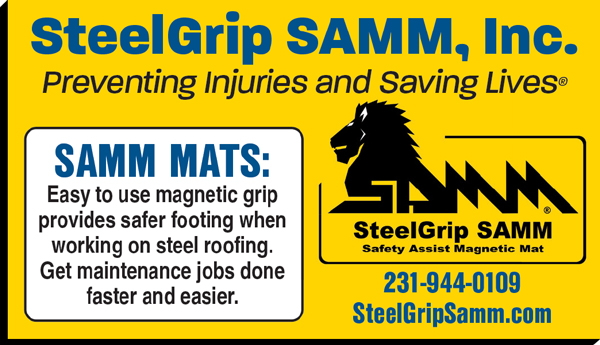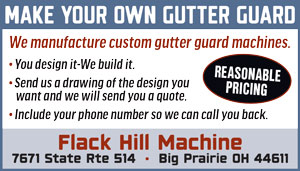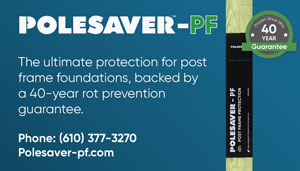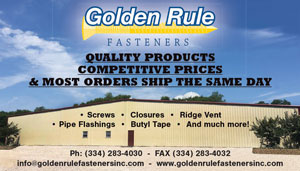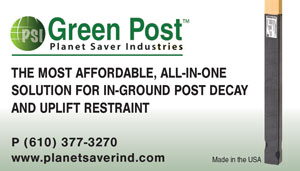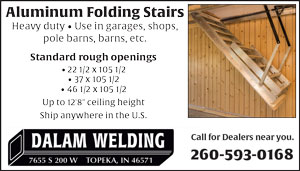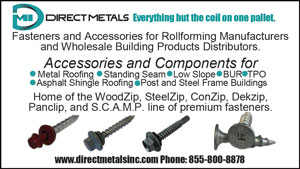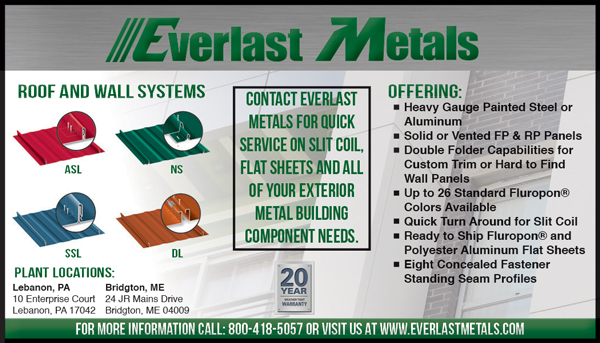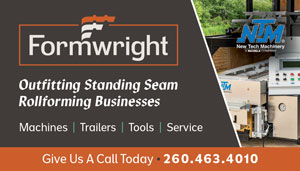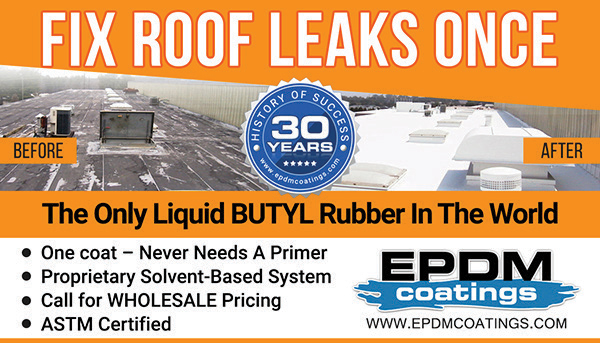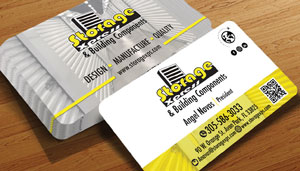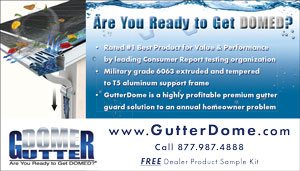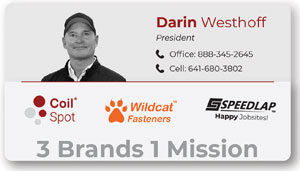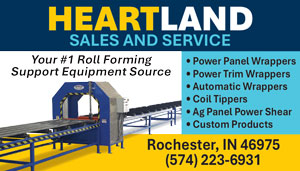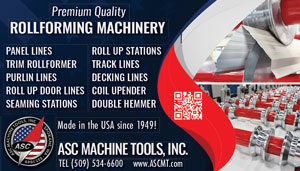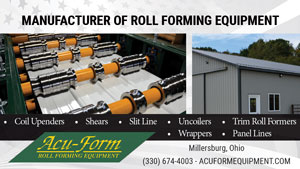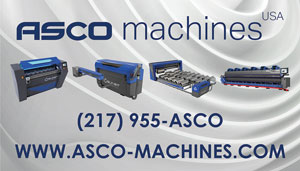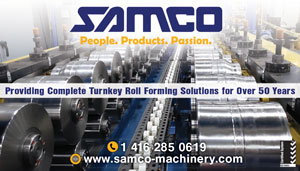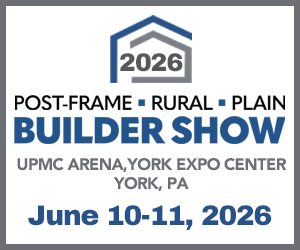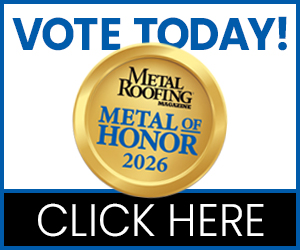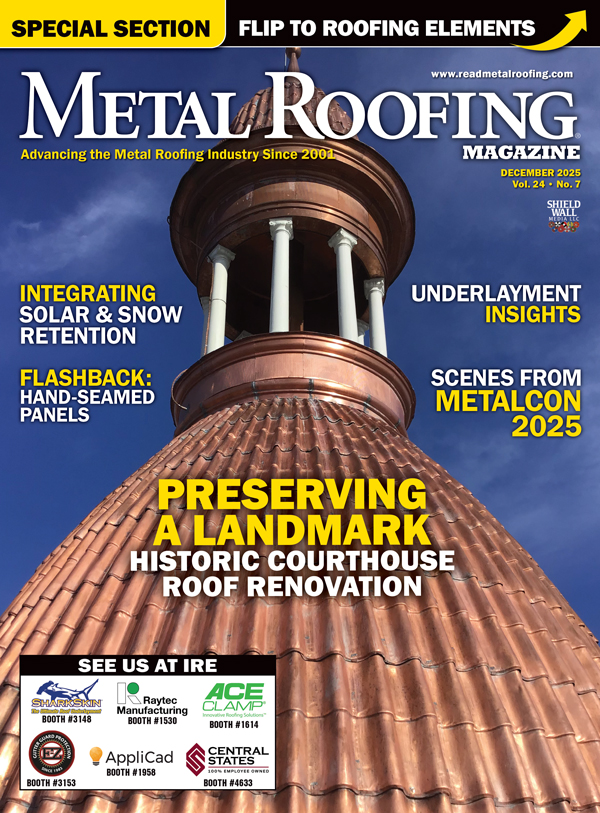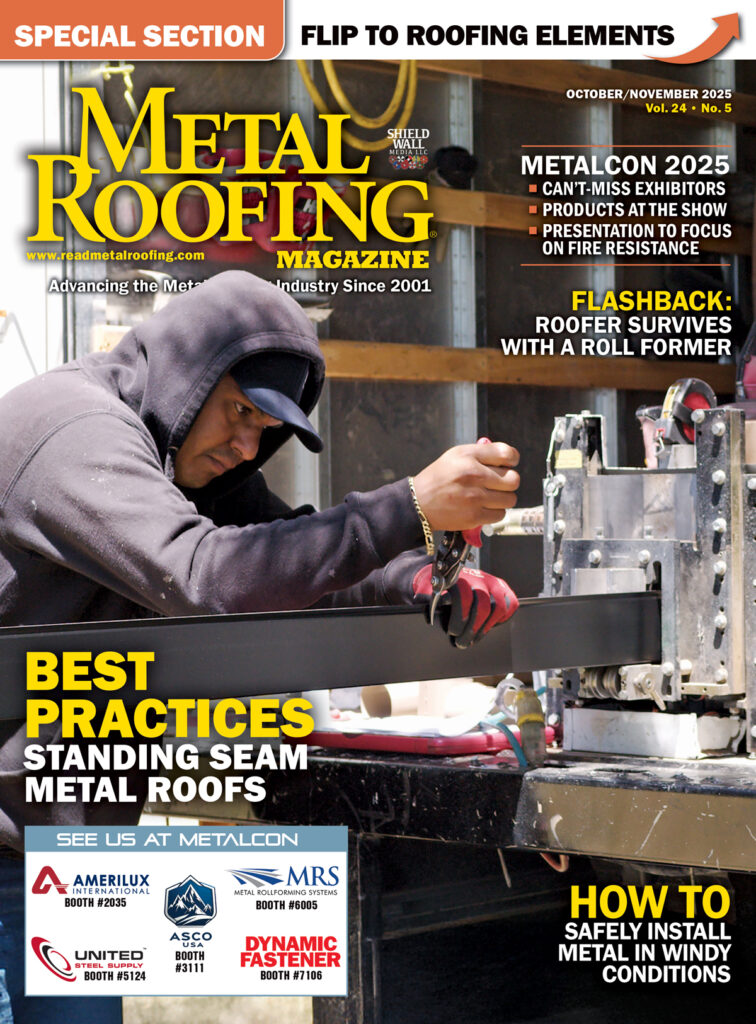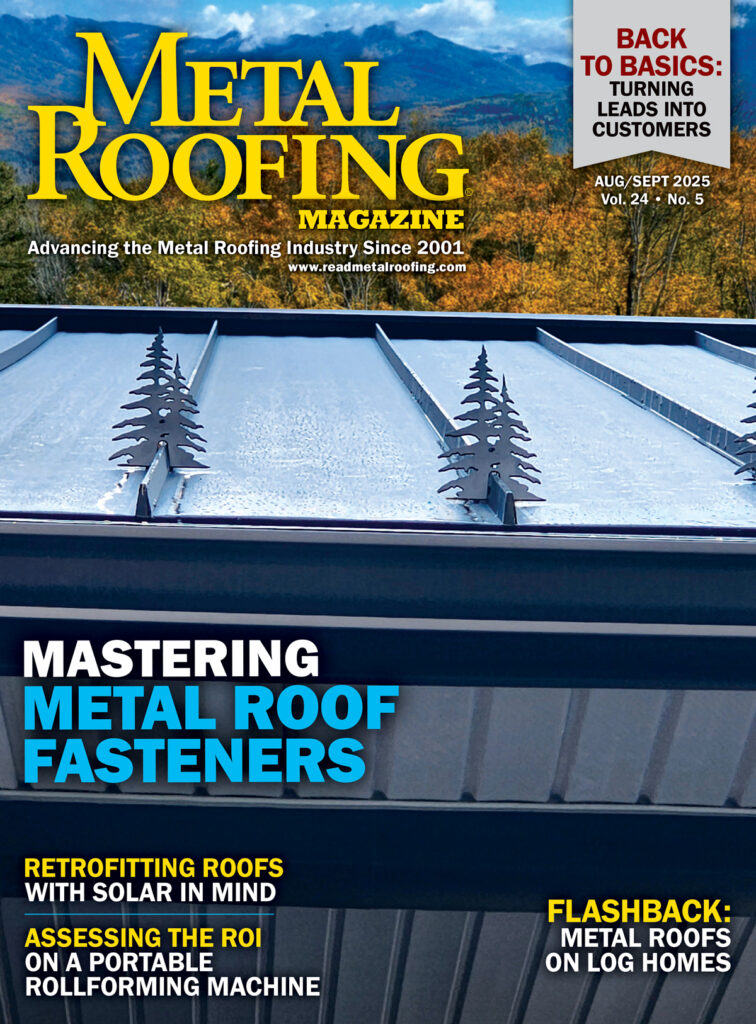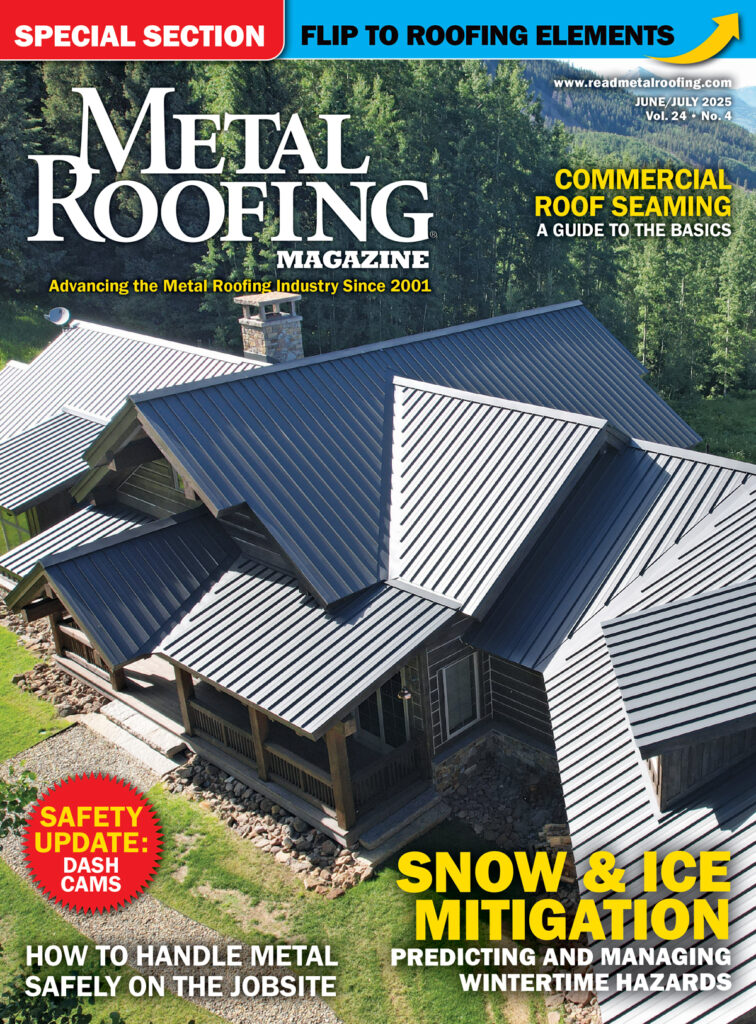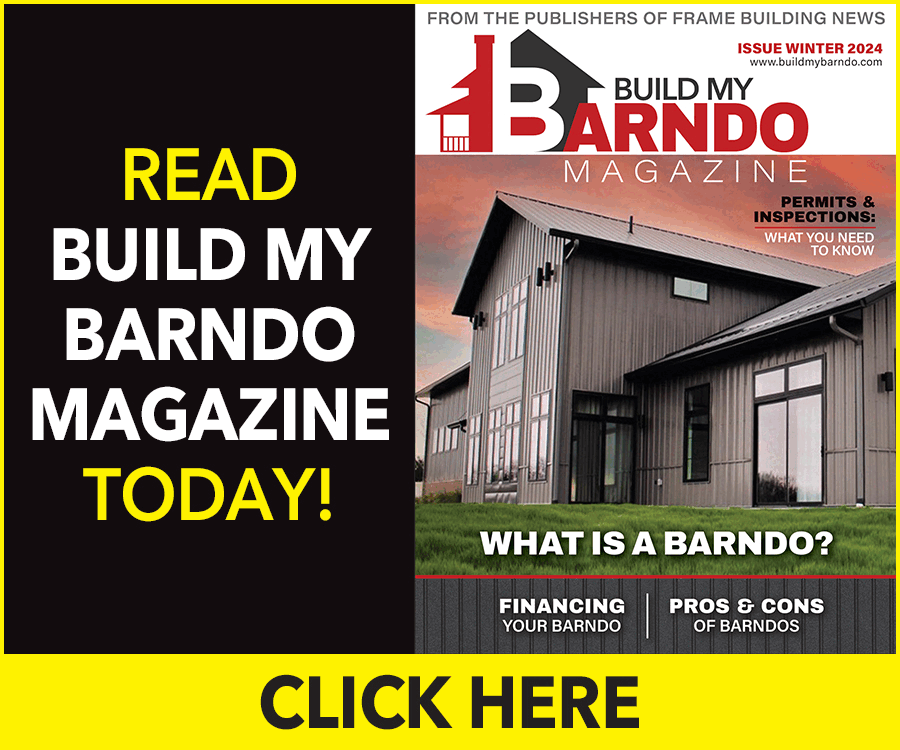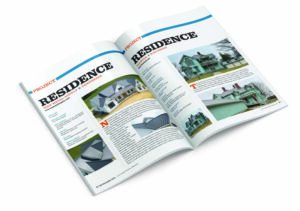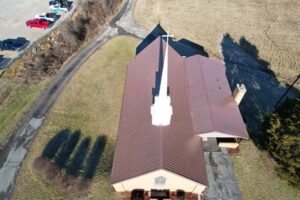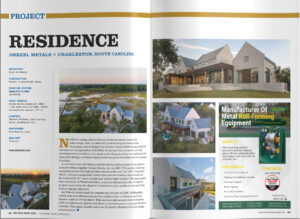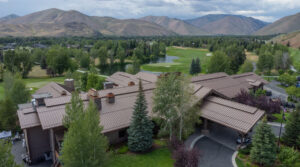Zinc has a rich history in construction, having been used as a building material in Europe since the 1700s. Its use as roofing dates back to the early 1800s when it was first rolled as sheets. Zinc roofing in Europe is big, growing to an industry that installs 250,000 tons per year. And while its use in the United States is still catching on, it is growing.
There are basically two reasons zinc is being used as a roofing material. One is its long-term durability and resistance to corrosion. The other is its appearance.
Zinc offers resistance to corrosion, low-maintenance durability, and recyclability. In fact, for more than 100 years, zinc has been used to coat and galvanize steel roofing. Thin layers of zinc are able to protect steel for dozens of years. As a roofing material, zinc can last more than 100 years, and as a façade, it can last up to 300 years.
More and more, architects are choosing zinc. They appreciate the durability and versatility. “The beauty of zinc is that it can be used for modern projects, projects that are cutting edge, as well as traditional projects, say 100-year-old churches,” says Lisa Colaianni, marketing manager for RHEINZINK America. “The same system can be applied to different buildings and look completely different. It can look modern or traditional; in that sense, it’s like a chameleon, it adapts to any situation.”
RHEINZINK America and VM Zinc (a subsidiary of Umicore Building Products) are the two largest zinc roofing manufacturers in North America. Both have roots in Europe, as well as an understanding that it’s architects who drive the use of zinc. “You’ll have an occasional client who will ask for it specifically, but 99 percent of it comes from architects,” says Jonathan Lowy, technical marketing manager at VM Zinc.
Lowy says 10 years ago, the use of zinc roofing in the United States was very limited. During the last five years, zinc has appeared on prestigious projects around the country, always with clients after a different look. “Now, I’d say there are zinc roofing projects in every state of the union, some with dozens,” Lowy says. “And it’s not regionally popular, it’s becoming popular everywhere.”
RHEINZINK’s success has been in roofing for institutional and educational facilities. “That’s where they’re thinking long-term and low maintenance,” says RHEINZINK president Amir Massihzadeh. “And it’s aesthetically very pleasing for high schools, colleges, or universities.”
Massihzadeh believes the introduction of zinc in North America as a roofing material for institutional and educational buildings has had a ripple effect in the industry — more and more zinc is being used in residential and commercial applications.
Jim Dallman, a VM Zinc representative and owner of Rocky Mountain Architectural Metals and the installation company Pacific Sheet Metal, Inc., says one of the first zinc roofing installations his company was a part of was on a Colorado residence, for a homeowner with a European background — Czechoslovakia-born tennis great Martina Navratilova. “Architects saw that and had to have it,” Dallman says. “Not long after that, Umicore moved into North America and it’s going crazy now.”
Dallman annually installs about six residential zinc roofs in western Colorado. His company uses an underlayment from Grace Construction Products, Ultra, with Roofshield by Proctor as a separation sheet. He says almost all of the zinc he installs is for homes, including a current $400,000 project, which also features some wall cladding.
Dallman’s company installs all sorts of metal roofing, including copper and titanium, as well as the more common aluminum and steel. “I enjoy working with the specialty metals because it takes a little care and knowledge,” he says.
Although zinc may never be the dominant player in residential roofing, it has been able to catch the eye of those who desire a unique look. Lowy says it’s the more subtle look of zinc that appeals to architects.
Call it unique or call it subtle, but zinc is finding its place in North America.
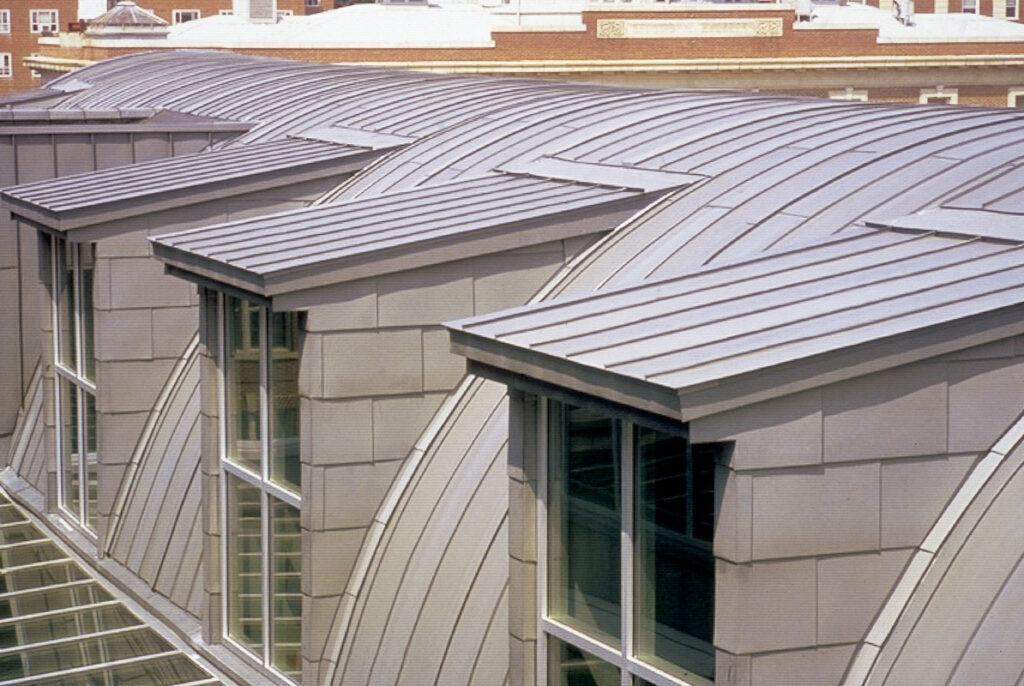
Because zinc is more malleable than steel or aluminum, it can be curved and formed easily .VM ZINC PHOTO
Zinc roofing product looks great on all buildings, old and new. VM ZINC PHOTO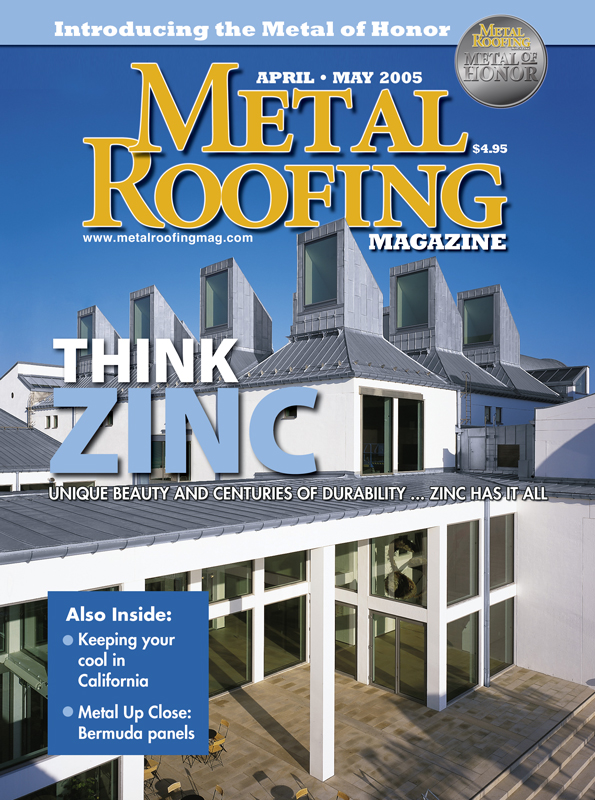
Written by then-editor Jim Austin, originally published in the April 2005 edition of Metal Roofing Magazine.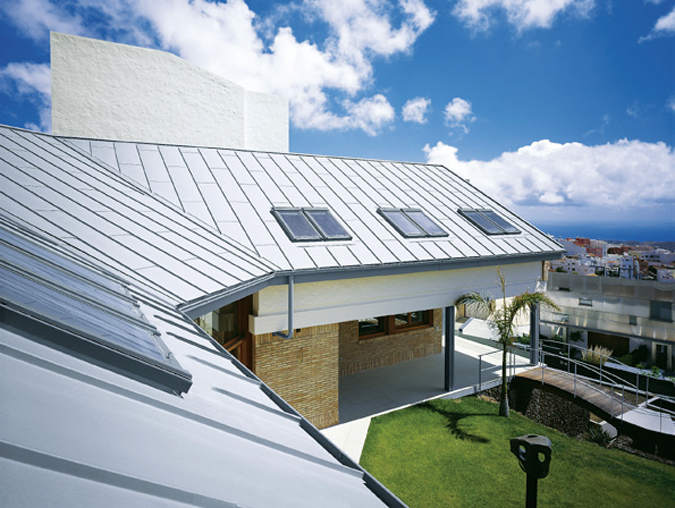
This private residence, Montana del Socorro, is located in Tafira Baja, Spain. The roof is 250 square meters of RHEINZINK’s pre-weathered blue-grey angled standing seam. Architect Samuel Steiger Ritvo of Las Palmas Gran Canaria, Spain was in charge of design. Courtesy of RHEINZINK
Working with Zinc
Because zinc is a softer metal than painted steel or aluminum, it requires more of a craftsman’s touch. Zinc, in coil or sheet form, must be stored in a dry environment where it will not be exposed to rain or humid conditions. It has to be handled with care — avoid contact with greasy hands and make sure all tools and roll forming equipment are cleaned before coming in contact with zinc. The corrosion of zinc increases when it comes in contact with some metals, especially copper and non-galvanized steel. “Basically, you have to be a little bit more gentle with zinc,” Massihzadeh says.
Like copper, another soft metal, zinc is easy to fold, solder, profile, and cut. Lowy says VM Zinc insists contractors pay special attention to details, ensuring a watertight product. “Details are important,” he says. “A zinc roof will last a long time, so what’s the point of having lousy details that will leak? But that’s not just a zinc issue.”
Both RHEINZINK and VM Zinc offer extensive training for contractors interested in working with zinc (see sidebar). It’s not rocket science, but there are some things to be aware of. “You have to be careful,” Dallman says. “It’s easy to install if you’ve been trained.”
The inherent softness of zinc and its ductility allows it to be shaped into almost any form.
Massihzadeh says RHEINZINK’s basic product line is six to eight different styles, but all can be roll formed, bent, or shaped into an endless array of profiles — zinc can respond to an architect’s every whim. “There is no limit to what you can do,” Massihzadeh says. “In interior applications, it’s used as art.”
Because zinc is a soft metal, it can’t span between purlins. It needs a continuous substrate because it lacks sufficient tensile strength. “Still, zinc is a metal that likes to have air around it,” Lowy says. “If you put zinc on a permanently damp substrate, you’ll get backside corrosion.”
For that reason, ventilation considerations are important. Inadequate attic and rafter ventilation can result in excess heat buildup in the summer, as well as water vapor condensation and mold, which damage roofing and roof structures.
Umicore manufactures VM Zinc Plus to combat this problem. VM Zinc Plus, introduced by Umicore about 15 years ago, contains a protective barrier on its underside. RHEINZINK also offers coated material to protect against corrosion caused by unvented moisture. Other methods of fighting against backside corrosion include using a compatible substrate or a separating membrane, which allows air to circulate.
All metals become more brittle when cold. If the temperature of zinc is not at least 45 degrees when it is installed it may be subject to brittle fracturing. It’s important to note that this is the temperature of the material itself, not the air temperature of the site. “Temperature may influence how a craftsman works with the material, but once installed, zinc is as comfortable at high altitudes in extreme cold as it is in hot desert or wet maritime environments,” Colaianni says.
According to Massihzadeh, the lower the temperature gets, the more rigid zinc becomes. To avoid these problems, it is strongly suggested the metal be preheated, preferably to more than 50 degrees, for bending or forming. If the zinc is stored in a warm place, it may stay warm long enough to work with. A bright sunny day may provide enough warmth to heat the panels, even if the air temperature is below 40 degrees. “When working in cold conditions, we recommend our contractors do as much shop fabrication as possible,” Massihzadeh says.
Like any material, zinc contracts and expands, so for every 10 feet of zinc, installers should allow for 1/2 to 3/8 inches of movement. Zinc expands more than copper and about the same as or less than aluminum. Panels are fastened with a fixed clip at the ridge and two-piece sliding clips.
In 1992, RHEINZINK was the first to introduce zinc to the marketplace in the United States and Canada. Massihzadeh says RHEINZINK could triple its sales if it wanted to, but instead has cautiously increased its market share to ensure proper installation techniques are being adhered to. Massihzadeh believes if the company overextended itself, it could lead to less than acceptable craftsmanship, which is destructive to the industry.
Friends with the Environment
Because architects were among the first to embrace environmentally friendly products — and many contractors have followed suit — it’s important to note zinc is environmentally sound. In fact, it exists naturally in the air, water, and soil. Zinc requires less energy to refine than aluminum, copper, or stainless steel, according to Umicore. VM Zinc and RHEINZINK roofing materials are all natural, and have no paint or coatings to wear off and adversely affect surrounding materials.
According to RHEINZINK’s Web site, “energy consumption for zinc extraction and processing is extremely low. Emissions during smelting and processing are kept to a minimum by using state of the art production equipment. The high value of scrap metal and problem-free re-smelting of the metal provide economic reasons for recycling as well. The recycling rate of zinc is more than 90 percent.”
The Sheet Metal and Air Conditioning Contractors’ National Association agree about zinc’s environmental benefits. According to the SMACNA architectural metals Web site, “architects are specifying zinc out of environmental concerns. Zinc is available globally in large quantities. Finished goods have a low primary energy content. The material is UV and temperature resistant and non-combustible. In addition, it is easily recycled, consuming as little as five percent of its primary energy content.”
All that and it looks good, too. MR

